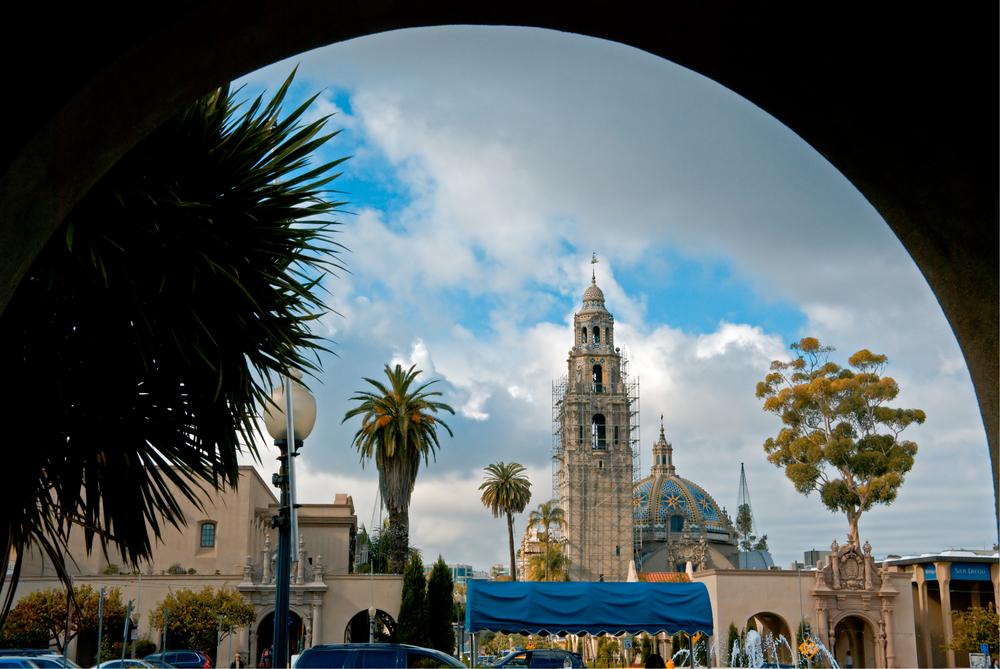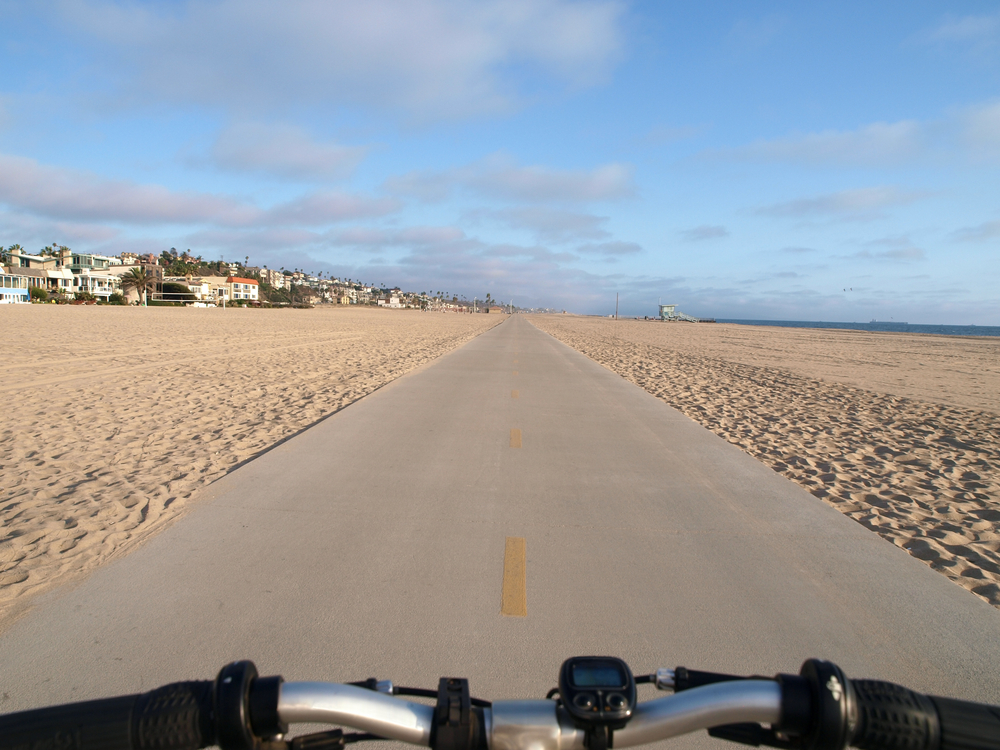You might want a bike for training, touring, commuting, or for day rides around town. Some people require more rugged bikes to handle difficult terrain and the bumps, dirt, roots, and grass that comes with it.
Choosing the right bike and getting it set up is often more work than expected. This is a handy guide that lays out a lot of variations of what is available in bikes so that when you are thinking it is time to get a new bike, you can view a huge array of choices side by side….brakes? You may not have considered brakes as something you would have to think about but you may want to. Electric assisted bike? If you live in a hilly area e-bikes can be pretty awesome to help get you going on longer rides especially if say your commute to work is downhill which means your return home is all uphill.
In California, at least around San Diego, you probably have a pretty good option of going with a used bike verses a new bike. Do be careful as older bikes may have been through a serious crash and could have a bent frame, etc.
Then there is the question what size frame do you need? What if you are pretty comfortable but you really don’t like the handle bars or the neck stem?
Fixie bikes are certainly cool but are you up for the challenge or capable of changing the gears you are running per your ride and your training?
This handy guide lays it all out, more than first probably comes to mind about your options. It will get you a good head start before you visit your local friendly bike shop, you’ll have a little bit of an idea of what you want to see and try or hear their opinions on.
Of course if you are able, you might want to start out with bike share, a great option and you don’t have to maintain your own wheels.
Or if you are interested in some form of bike racing of some sort, there are plenty of great folks in San Diego and S. California who can help you out. Connecting with folks in the type of riding you are interested can also open up possibilities of finding excellent quality and condition used bicycles or components.
Out of Long Beach, this is a world class pro cyclist “bike fit” to make sure your bike is fitted correctly for you.




